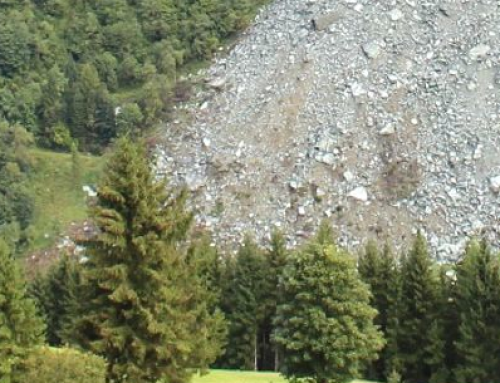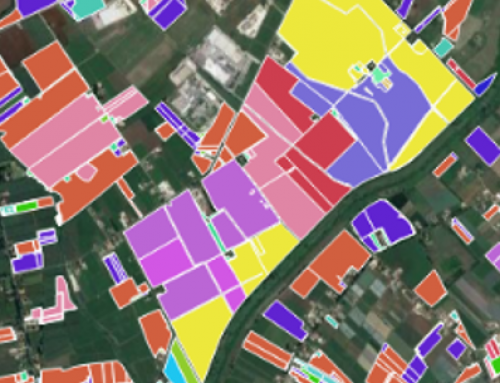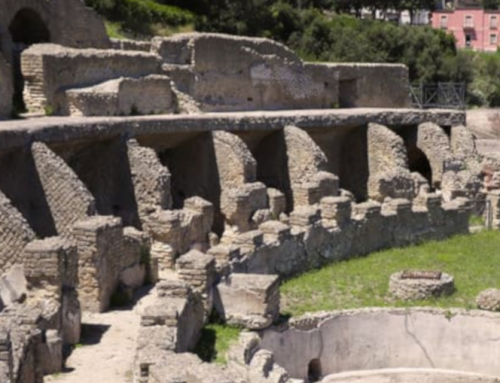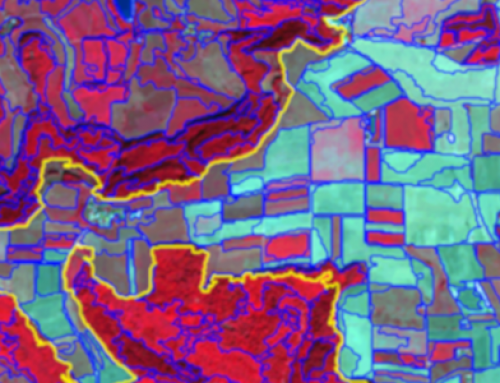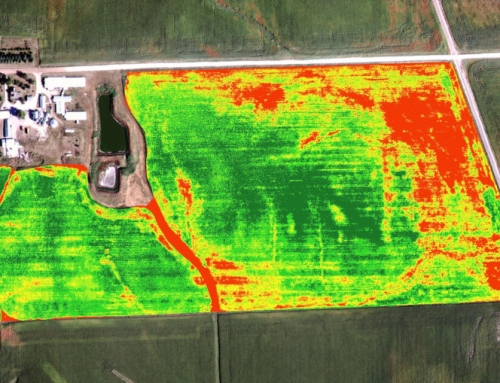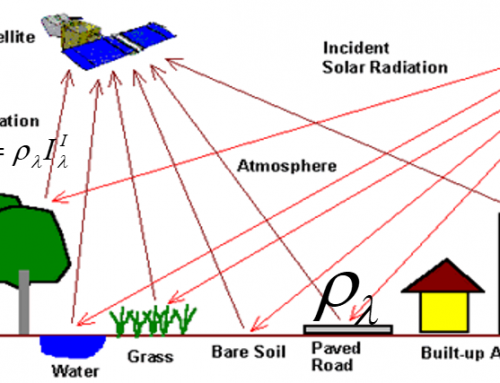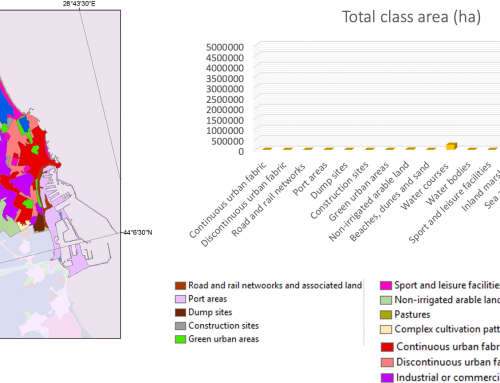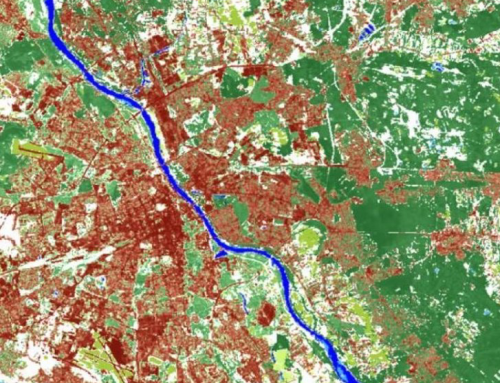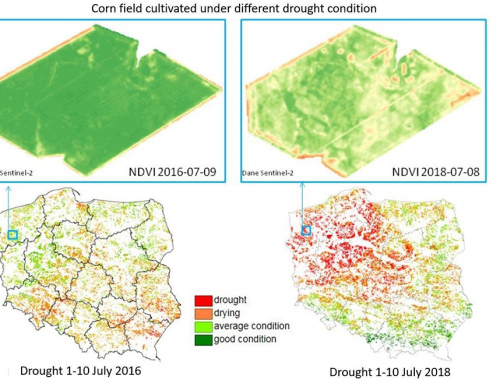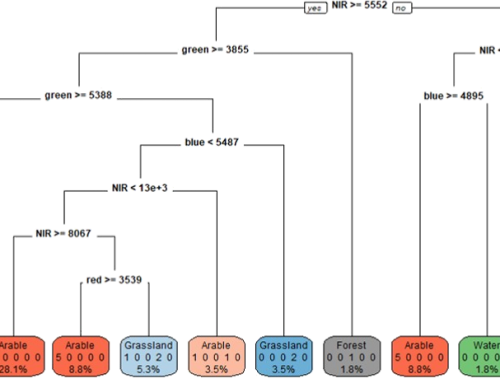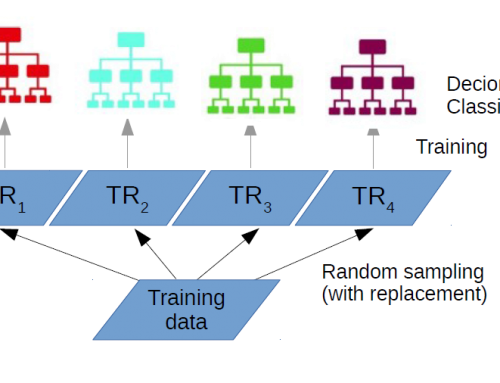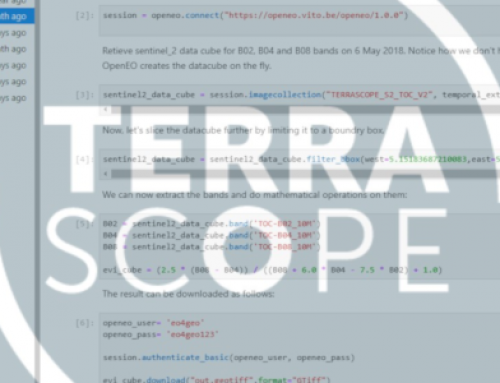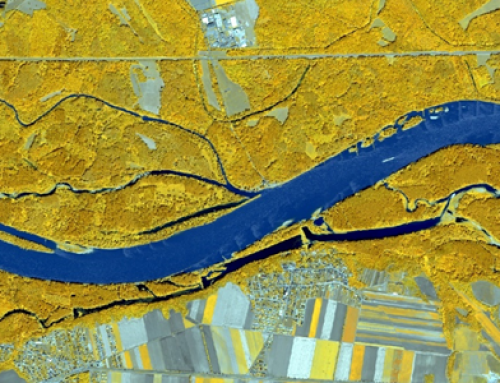Product Description
This course introduces preprocessing operations, sometimes referred to as image restoration and correction, used to correct radiometric and geometric data distortions specific to sensors used in EO.
Radiometric corrections are required due to variations in scene lighting and viewing geometry, atmospheric conditions and noise, and sensor response. Each will vary depending on the particular sensor and platform used for data collection and the conditions during data collection. It may also be desirable to convert and/or calibrate the data into known (absolute) units of radiation or reflection to facilitate data comparison.
Geometric corrections are intended to compensate for geometric distortions so that the geometric representation of the imagery will be as close as possible to the real world. Many of these variations are systematic, or predictable in nature and can be accounted for by accurate modeling of the sensor and platform motion and the geometric relationship of the platform with the Earth. Other unsystematic, or random, errors cannot be modeled and corrected in this way. Therefore, geometric registration of the imagery to a known ground coordinate system must be performed.
Learning outcomes
Understand how radiometric and geometric distortions occur.
Categorize sources of radiometric and geometric distortions.
Define geometric correction methods.
Understand goal and principle of georeferencig of EO data.
Define and distinguish terms: digital number, radiance and reflectance.
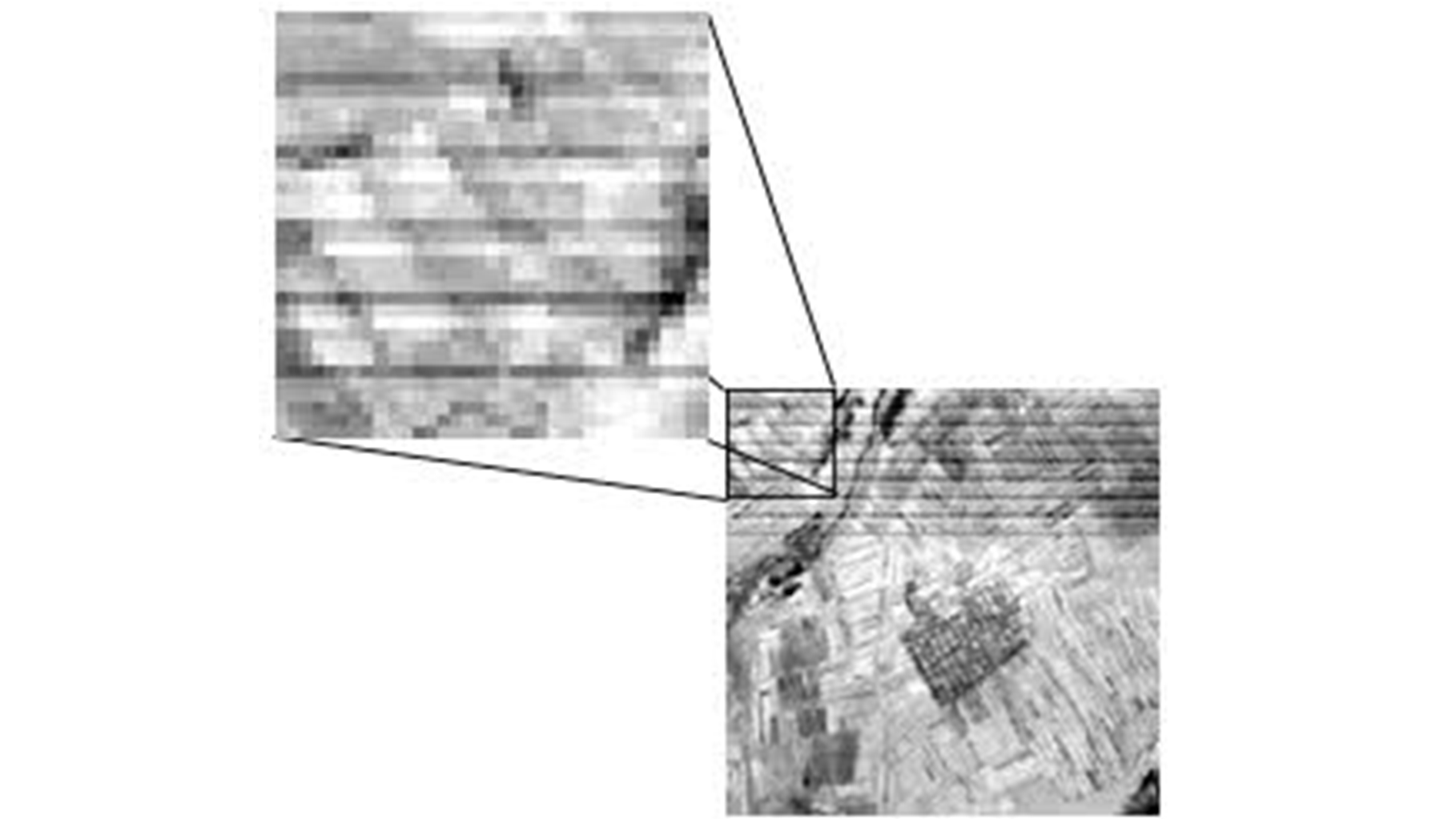
BoK concepts
Links to concepts from the EO4GEO Body of Knowledge used in this course:
- > GD | Geospatial Data
- > GIST | Geographic Information Science and Technology
- > IP | Image processing and analysis
Material preview
Ownership
Designed and developed by: Andrija Krtalic, University of Zagreb, Faculty of Geodesy.
License: Creative Commons Attribution-ShareAlike.
Education level
EQF 6 (what is this?)
Language
![]() English
English
Creation date
2020-09-20
Access
Find below a direct link to the HTML presentation.
Find below a link to the GitHub repository where you can download the presentation.
